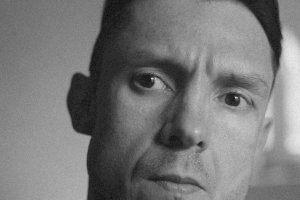
Musaev-Kagan Timur
1978
About
Timur Musaev-Kagan included in the list of the Best Russian contemporary artists (ARTEEX). ... This is a man who constructs his own reality with a truly manic passion. Undoubtedly, such efforts could be put in a different direction, disposed of with great pragmatism, and made considerable use of them. But Timur is dangerous and attractive also because his own world is almost forcibly projecting onto his environment, and every year the radius of this radiation expands with increasing amplitude. He cannot but acquire followers, students, some kind of "staff" of his own imaginary corporation, which deserves attention as a strange, largely anachronistic phenomenon in our time of the dominance of virtual entities. All that Timur creates - and I repeat, he makes a serious bid for usurping the widest layer of visual and semantic metaphors - is saturated with a little incomprehensible, in some ways even unpleasant to the average man, detachment bordering on arrogance. As if condescending, he gives us finished - too finished, iconically perfect images of the universe. More precisely - Oykumeny. Timur completely in his mind and sometimes acts frighteningly analytically, although he relies more on a broad romanticized outlook in the spirit of anthropocentrism of the 19th century. Its innumerable visual cycles are a kind of step in the development of knowledge. Large-scale pictorial structural fields are replaced by pure textuality, in which he finds the limits of language, and stops only at the border, where the grotesque borders on madness; he expresses a premonition of a person in clusters of biomorphic structures that suddenly explode in placers of flesh; the landscape, which he clearly sacralizes, comes in its development to the cold layout of an ideal white world. Even his irony bears the seal of the hopelessness of perfection: fabricated animated characters live as if they were ordered to build a brave new world. Populate Mars. Say hello to God. And only after that die Source: Sabir Geybatov, philosopher, art critic.

